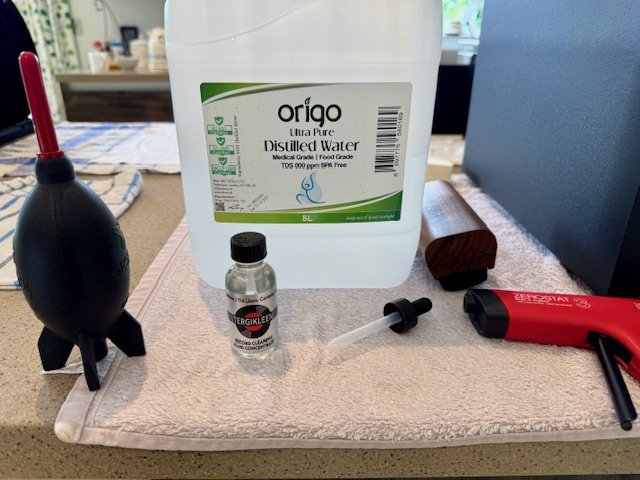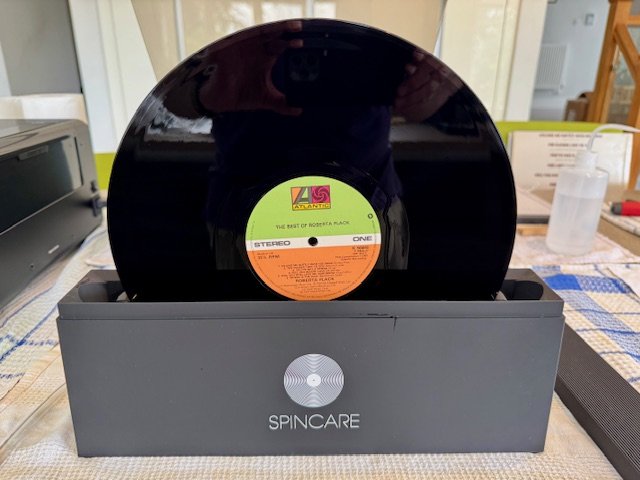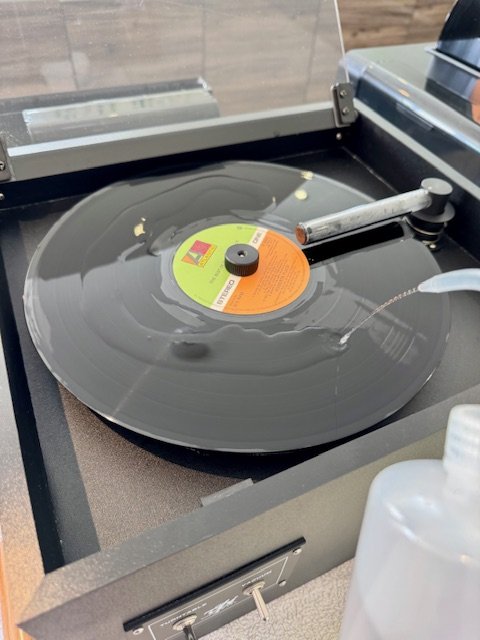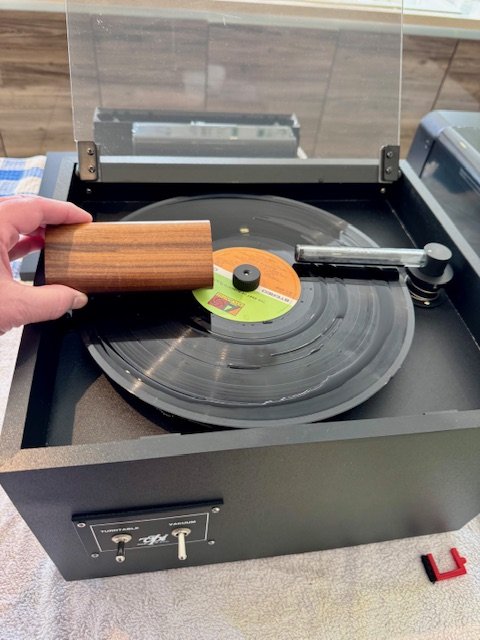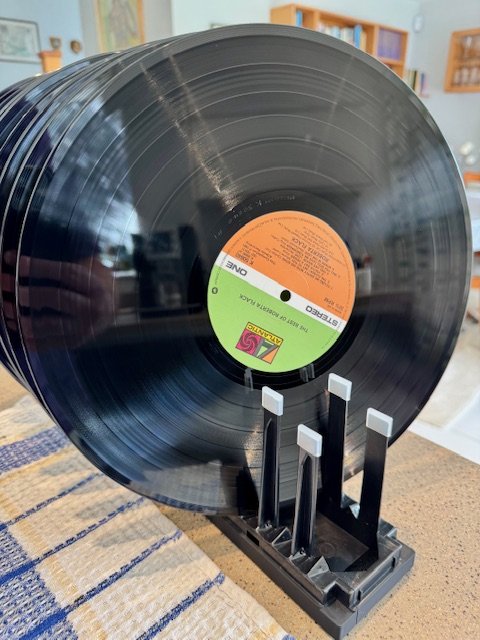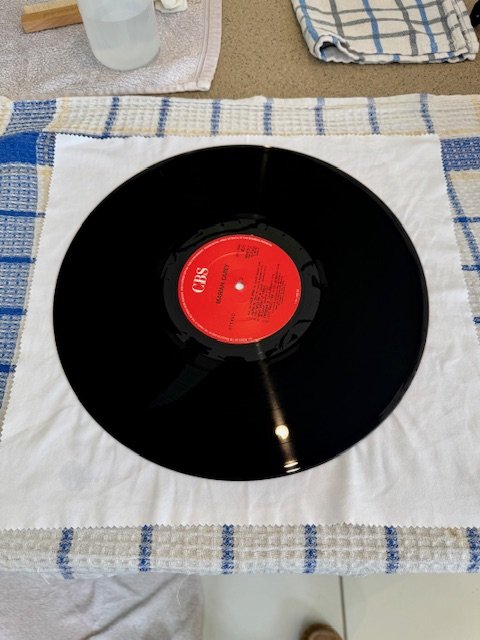Do you 1st rinse the record with distilled or demineralized water (DIW). Depending on how many records you clean with the same DG-II bath, after every record, the bath Tergikleen concentration is increasing. If the concentration gets high enough (which is much less than the prepared solution you brush on) when you dry some of the solution is evaporated on the record and Tergikleen residue will be left behind.At the end, I dry the record by suction on the Project record cleaner (10 rotations each side).
FWIW:I would like someone to compare ultrasonic cleaning with cleaning on a fast Clearaudio cleaning machine that does everything at once. Perhaps 45 min for 3-4 records is a waste of time?
Trying to compare cleaning processes is always very objective since it very much depends on the initial condition of the record. To accurately access you would need records of equal condition, be they new or used (with its wide variation), each cleaned by the different machine. You will more than likely find that for some records, they clean equally, while for others, one cleans better than the other. Which is why many people use a combination of vacuum-RCM for preclean followed by UT for final clean to achieve best achievable cleanliness while others will use just one or the other. All depends on your own goals and desires, and how much convivence you want.
Have you tried just using the new Degritter Cleaning solution (about 1-ml/tank) followed by a rinse (use a 2nd tank)? Using the 2nd tank rinsing process helps to keep the temperature under control. With the 2-tank clean-rinse process, you may be able to cut your process time down to about 12-min (with the DG drying the record); using your vacuum-RCM for pre-clean only as required.
Just some thought.







